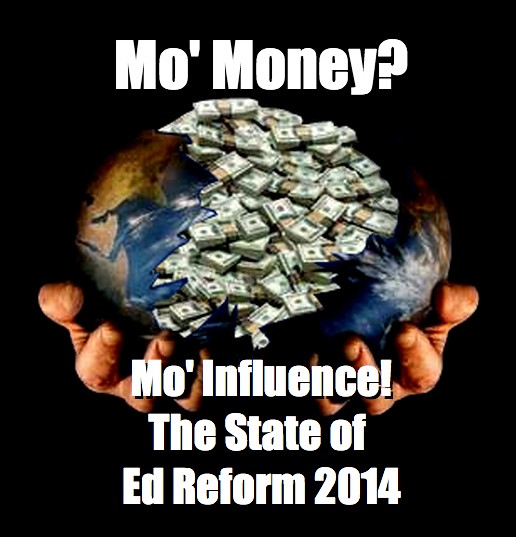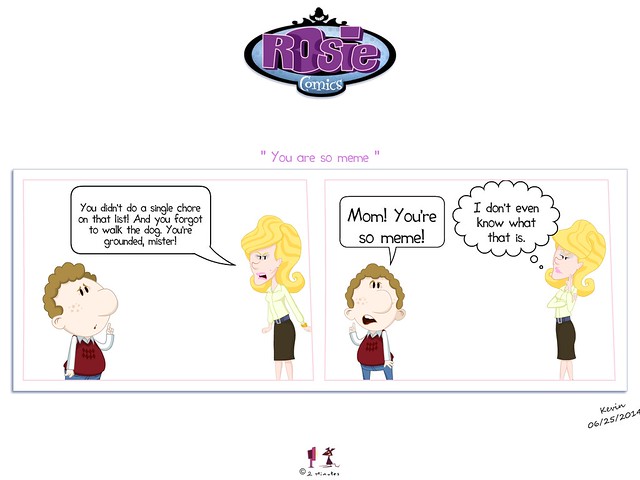
What a meme-filled week we had at the Making Learning Connected MOOC! And what a range of discussions that our meme-making inspired, particularly around the concepts of cultural currency, who gets left out of the conversations, the concept of privilege, what constitutes a meme, and more.
There are still plenty of folks in the CLMOOC who are scratching their heads about all of this meme business, but that’s OK — it might be one of those topics that takes time to simmer and stew before understanding comes around. There does not have go be instant understanding when it comes to the topics in the CLMOOC.
I’d like to share out a few pieces that went beyond the making of memes, as I think they showcase the flavor of the discussions. Of course, you are invited to join us at any time, too.
- Rebecca Powell started a thread of discussion in our Google Plus space about privilege and memes, and the result was a far-ranging talk of a handful of us on the theme. I like this post because it shows us questioning, pushing back at our thinking, and sharing ideas in a positive way. We don’t really come to any conclusions but, personally, I am thinking of memes in a different light right now. Thanks, Rebecca!
- Shyam Sharma and Maha Bali collaborated on a very deep piece for EdConteXts about their work on memes in the CLMOOC, bringing together blog posts that both of them wrote during the week about cultural connections to meme sharing and meme making, and how without those cultural touchpoints, they felt left out of the conversations. This reflective stance is so important, for not only do we not want people in the CLMOOC feeling on the outside looking in, we also do not want our students to feel that way. I love how Shyam and Maha end their piece, with a call for all of us to “open our ears and eyes and hearts if we want to truly take advantage of the web of people and ideas as educators.”
- Chris Campbell’s extension of memes into cinema and videos, and remix, is the perfect leap from one form of media (still image) to another, and I love how he shows as well as shares his ideas in his blog post. Chris’s piece sparked some great conversation within the MOOC itself. One thread of those converations had to do with sampling of music and repositioning melodies of old into songs of the new (I am stretching the topic a bit here but it is something I think about when I listen to HipHop). Music as meme? Of course!
At point during the Make Cycle, I grabbed as many of the memes that I could, and put them into an Animoto video. At that point, there were about 125 memes, and many more flowed in after the video was finished. I shared the video in our spaces and asked the questions:
- What do we notice about the memes when pulled together as a collection?
- What does the collection say about us as a community?
I didn’t get much response — that’s OK — but I have been thinking about it, and here is what comes to mind as I watch the video again with my questions in mind.
- While Peter Kittle and crew did use the World Cup biting incident to spur on some modern memes, most of this collection either referenced cultural events from years past or no cultural events at all. However, someone did note that a potential lesson for students would be to take a current event, synthesize it down into a meme, and post it to a public space — which sounds intriguing;
- Most of the reference points were American-centered in nature and do not reflect a world-view;
- We used a lot of the meme-generator sites instead of making our own memes with our own images, probably out of ease but when you do that, you lose agency as a maker;
- There were fewer LOL cats than I would have thought, which might reflect a generational pull of our crew. Or maybe, we are just tired of the cats. Dogs, anyone?;
- Playing with language — syntax, purposeful errors, spelling — was relatively rare. Again, this might reflect our community of mostly teachers whose natural impulse is to not write/publish ungrammatical work, even memes that situate such errors as part of the construction of the composition (I know I feel that tension when I try to write that way intentionally);
- You can see lots of people experimenting with what a meme is, and if you scroll through the conversations, there is still a lot of wondering about what makes a meme a meme, and ” Did I do this right?” Thus, some of our projects work as memes, and some are just artful statements on life (Is there a difference? I think so, but maybe I am wrong. This continues to be a rich source of discussion);
- I wondered if any of our memes would go viral, beyond the CLMOOC. Not as far as I can see, but a movement to gather up a collection of political memes that take a poke at the Education Reform/Testing Industry could have legs in educational circles, if we can get our act together to make that happen.

(Remix your own version of this meme)
What do you think? Check out the Meme Game (which Terry Elliott shared with us) and see how many you recognize and if you recognize the context. I was solid on a few, had some inklings on some others and was clueless on the rest. Interesting …
Peace (in the viral world),
Kevin

Thanks for this reflection/overview regarding the week. So much creating took place, this helped me to get an overview. I’m most interested in the part about agency during the creation process. Might have to tackle that one myself.
Congrats! Your post got featured in the Edublogs Reader! Check your dashboard! You should also add your post to our subreddit at http://reddit.com/r/Edublogs to attract more readers!
Thanks for putting this all together in one space. I got totally overwhelmed by the meme assignment. I’m going to calm down now about games. I can do this, right?
You can!